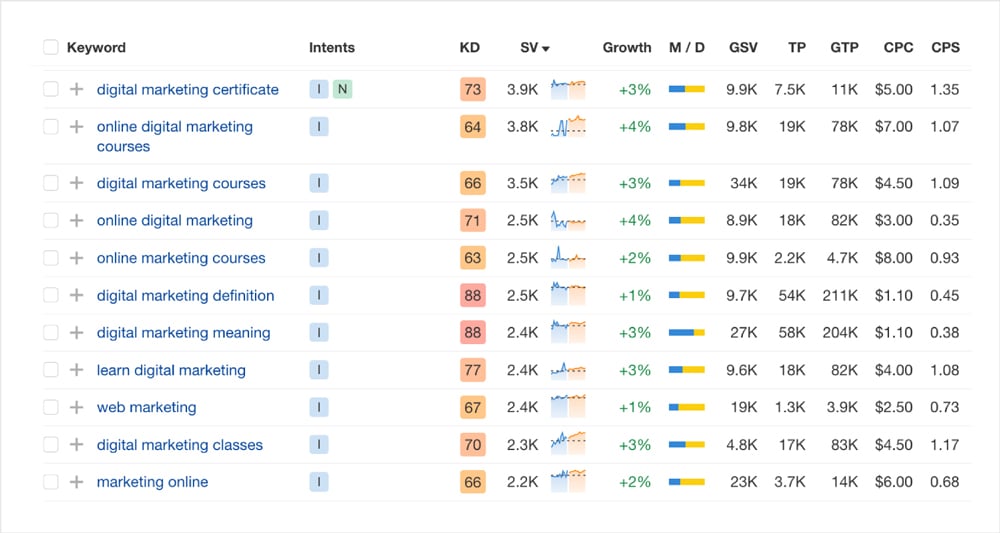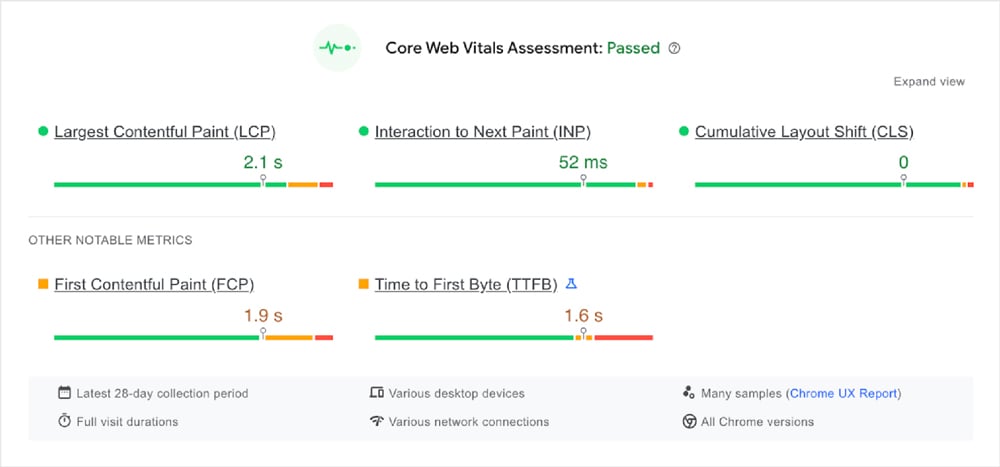Let’s be real — if you’re not paying attention to what your competitors are doing online, you’re already falling behind. In the ever-changing world of SEO, where every click and ranking position counts, understanding your competition’s strategy is essential to outmaneuvering them.
In this post, we’re breaking down everything you need to know about performing an SEO competitor analysis that actually moves the needle, from identifying your real competitors to finding content gaps and keyword goldmines. Let’s dive in and start taking back those top spots on Google!
What Is SEO Competitor Analysis?
An SEO competitor analysis is all about getting the inside scoop on what your competitors are doing to show up on Google. It’s not just about spying on their keywords or figuring out their backlink sources (although that’s definitely part of it). Instead, it’s about understanding the whole picture — their strengths, weaknesses, and what they’re doing to get those coveted top spots. By digging into their strategy, you can uncover actionable insights that help you strengthen your own SEO approach.
And here’s the thing: we’re not talking about copy-pasting what others are doing. At Zero Gravity Marketing, we believe in finding those unique opportunities that make you stand out. This analysis is about seeing what’s working in your industry, learning from it, and then taking it a step further with your own brand’s twist.
How To Find Your SEO Competitors
Before diving into the details, it’s crucial to identify who your true SEO competitors are. Often, they’re not the brands you might think. While you may compete with certain businesses in terms of products or services, organic competitors are those ranking high on Google for the keywords you’re targeting.
To find your SEO competitors:
- Google Your Target Keywords: Start by searching your top keywords and note which websites show up on the first page.
- Use SEO Tools: Tools like Ahrefs, SEMrush, or Moz can help you identify which websites are consistently ranking for similar keywords in your niche.
- Analyze Similar Content: Look at the types of content being created by top-ranking sites for your primary keywords.
Once you know who you’re up against, you’re ready to dive into the analysis.
How to Conduct an SEO Competitor Analysis
1. Identify Your True Organic Competitors
Let’s clear something up: not every brand in your industry is your true SEO competitor. Just because you’re in the same market doesn’t mean you’re competing for the same online visibility. The real SEO rivals are the ones showing up on Google for the keywords you care about.
Use tools like Ahrefs or SEMrush to identify these sites. This way, you’re not wasting time analyzing businesses that don’t impact your ranking potential. By zeroing in on the sites that actually affect your position in the search results, you’ll get the insights that matter — and a much clearer path to outranking them.
2. Conduct Page Analysis
Explore the structure of your competitors’ top-performing pages. Check out aspects like:
- Content length and quality
- Use of multimedia (videos, images, infographics)
- Internal linking strategies
By understanding what makes these pages rank well, you can replicate their success while bringing your unique spin.
3. Focus on Keywords With High ROI
The heart of any SEO competitor analysis is keyword competitor analysis. You want to uncover high-value keywords your competitors are ranking for — especially ones you may have missed.
Look for:
- Primary keywords: The main keywords driving traffic to your competitors.
- Secondary keywords: Additional keywords that are easier to rank for but still bring in traffic.
Prioritize keywords with higher ROI potential. Sometimes, focusing on slightly less competitive keywords can bring in significant traffic and conversions.
4. Find and Cover Content Gaps
Think of content gaps as missed opportunities — they’re the topics, questions, or keywords that your competitors are covering, but you’re not (yet). By identifying these gaps, you can start creating better content that fills them, giving your audience more of what they’re searching for and positioning your brand as the go-to resource in your niche.
At ZGM, we’re experts at pinpointing these content gaps and crafting a plan to fill them with high-quality, relevant posts. We’ll help you answer the questions your audience is already asking, so you can boost your authority, increase engagement, and ultimately build a stronger presence in the search results.
5. Find Backlink Gaps
Backlinks are still one of the most powerful ways to boost your rankings — Google sees them as votes of confidence from other sites. If your competitors are landing quality backlinks from reputable sites, there’s no reason you can’t aim for those same connections. Tools like Ahrefs or Moz can help you see exactly where your competitors’ backlinks are coming from.
6. Identify Broken Pages
Broken pages, or 404 errors, can be a hidden goldmine. Many SEO experts use this strategy to find opportunities where they can create better content and offer it to sites linking to these broken pages. This tactic improves your SEO and helps establish you as a reliable content source.
7. Compare Technical SEO
Finally, don’t ignore technical SEO elements. These aspects impact how Google crawls and ranks your site, so it’s essential to stay competitive.
Focus on:
- Page speed: Faster pages offer a better user experience and can rank higher.
- Schema markup: Structured data can help search engines understand your content better.
- Core Web Vitals: Factors like Largest Contentful Paint (LCP), First Input Delay (FID), and Cumulative Layout Shift (CLS) matter for both SEO and user experience.
Let ZGM Handle Your SEO
We get it — SEO competitor analysis can be a lot to tackle. It’s not just about pulling data; it’s about knowing what to do with it to actually make a difference. That’s where Zero Gravity Marketing comes in. Our team lives and breathes SEO, and we know exactly how to find those hidden opportunities that can boost your rankings and drive more traffic to your site.
Whether it’s uncovering content gaps, building a smarter keyword strategy, or fine-tuning your on-page, off-site, or technical SEO, we’ve got the skills and experience to help. Let us do the heavy lifting so you can focus on what you do best — running your business. Ready to see what a personalized SEO strategy can do for your brand? Reach out to ZGM and let’s start putting you ahead of your SEO competition.
FAQs
Why should you perform an SEO competitor analysis?
An SEO competitor analysis helps you understand what your competitors are doing right (and wrong), so you can improve your own strategies and gain a competitive edge.
When should you perform an SEO competitor analysis?
Ideally, you should conduct an analysis at least once a year or whenever there’s a major shift in search algorithms or your industry.
What tools can I use to conduct an SEO competitor analysis?
Some popular tools include Ahrefs, SEMrush, Moz, and SpyFu. These tools provide insights into keywords, backlinks, and overall site performance.
About the Author














